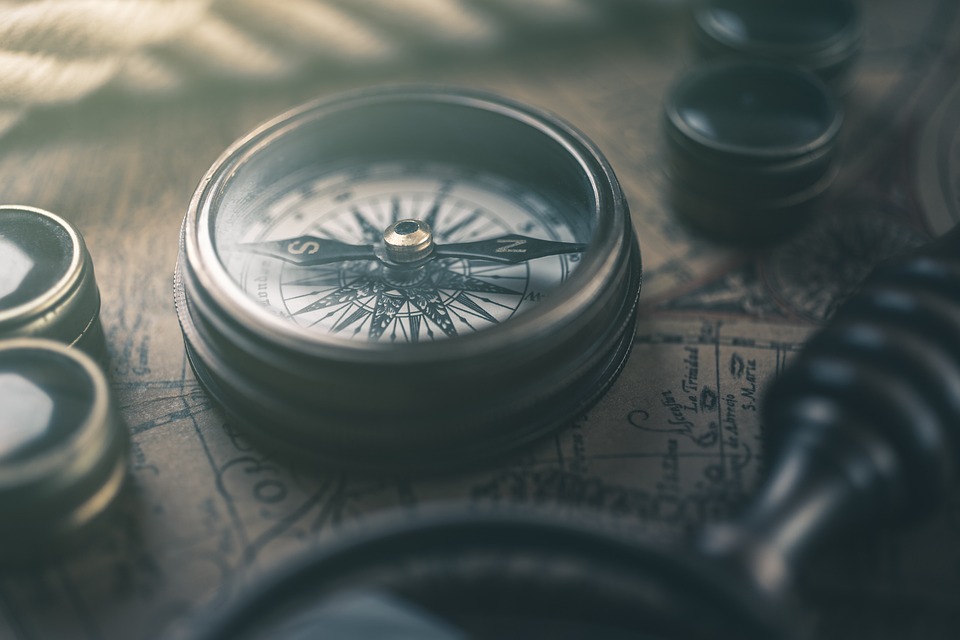Celestial Navigation: A Timeless Art of Guiding Ships at Sea
In a world of modern technology and GPS systems, it’s easy to forget about the ancient art of celestial navigation. But for centuries, sailors relied on the stars, sun, and moon to guide their ships across the vast expanse of the open sea. Celestial navigation is a fascinating blend of astronomy, mathematics, and a deep understanding of the natural world. Let’s explore this timeless art and how it has shaped the course of maritime history.
The Basics of Celestial Navigation
Understanding the Celestial Sphere
The celestial sphere is an imaginary sphere surrounding the Earth that represents the sky. It is divided into 360 degrees, just like the Earth’s surface. The celestial equator is an extension of the Earth’s equator, dividing the celestial sphere into northern and southern hemispheres.
Using the Sun, Moon, and Stars
One of the key components of celestial navigation is determining the altitude of celestial bodies such as the sun, moon, and stars. By measuring the angle between the horizon and the celestial body, sailors can determine their position on the Earth’s surface. The sun is particularly useful for determining latitude, while the stars are essential for finding longitude.
Tools of the Trade
Sextant
The sextant is a crucial tool for celestial navigation, allowing sailors to measure the angle between the horizon and a celestial body. By aligning the image of the celestial body with the horizon through the sextant’s telescope, sailors can determine their position with great accuracy.
Chronometer
A chronometer is a timekeeping device used to determine the Greenwich Mean Time (GMT), which is essential for calculating longitude. By comparing the local time with GMT, sailors can calculate their position relative to the Prime Meridian.
The History of Celestial Navigation
Ancient Origins
Celestial navigation has been practiced for thousands of years, dating back to ancient civilizations such as the Phoenicians, Greeks, and Polynesians. These early sailors relied on the position of the stars and constellations to navigate the open seas, paving the way for future generations of explorers.
The Age of Exploration
During the Age of Exploration in the 15th and 16th centuries, celestial navigation played a crucial role in the discovery of new lands and trade routes. Explorers such as Christopher Columbus, Vasco da Gama, and Ferdinand Magellan relied on the stars to guide their ships across uncharted waters, opening up new frontiers and shaping the course of history.
The Legacy of Celestial Navigation
Modern Applications
While modern technology has largely replaced celestial navigation in maritime navigation, the art still holds a special place in the hearts of sailors and navigators. Many sailors around the world still practice celestial navigation as a nod to the ancient seafarers who came before them, keeping the tradition alive for future generations to enjoy.
Celestial Navigation in Popular Culture
Celestial navigation has also made its way into popular culture, with movies and books showcasing the skill and precision required to navigate by the stars. From classics like “Master and Commander” to modern films like “Adrift,” celestial navigation continues to capture the imagination of audiences around the world.
The Future of Celestial Navigation
Preserving a Timeless Art
While GPS systems may be more accurate and convenient, there is something timeless and magical about navigating by the stars. Celestial navigation is a skill that connects us to the natural world and reminds us of the ingenuity and resourcefulness of our ancestors. By preserving and passing on this ancient art, we can ensure that the tradition of celestial navigation lives on for generations to come.
Exploring New Horizons
As technology continues to evolve, celestial navigation may become a lost art for future generations. However, there is still value in learning the skills and techniques of celestial navigation, both for practical purposes and as a way to connect with the past. By embracing the wonders of the celestial sphere, we can chart new courses and explore new horizons in our journey across the sea.
In conclusion, celestial navigation is a timeless art that has guided sailors across the open seas for centuries. From the ancient civilizations to the Age of Exploration and beyond, celestial navigation has played a crucial role in shaping the course of maritime history. By understanding the basics of celestial navigation, appreciating the tools of the trade, and exploring the legacy and future of this ancient art, we can gain a deeper appreciation for the skill and precision required to navigate by the stars.
